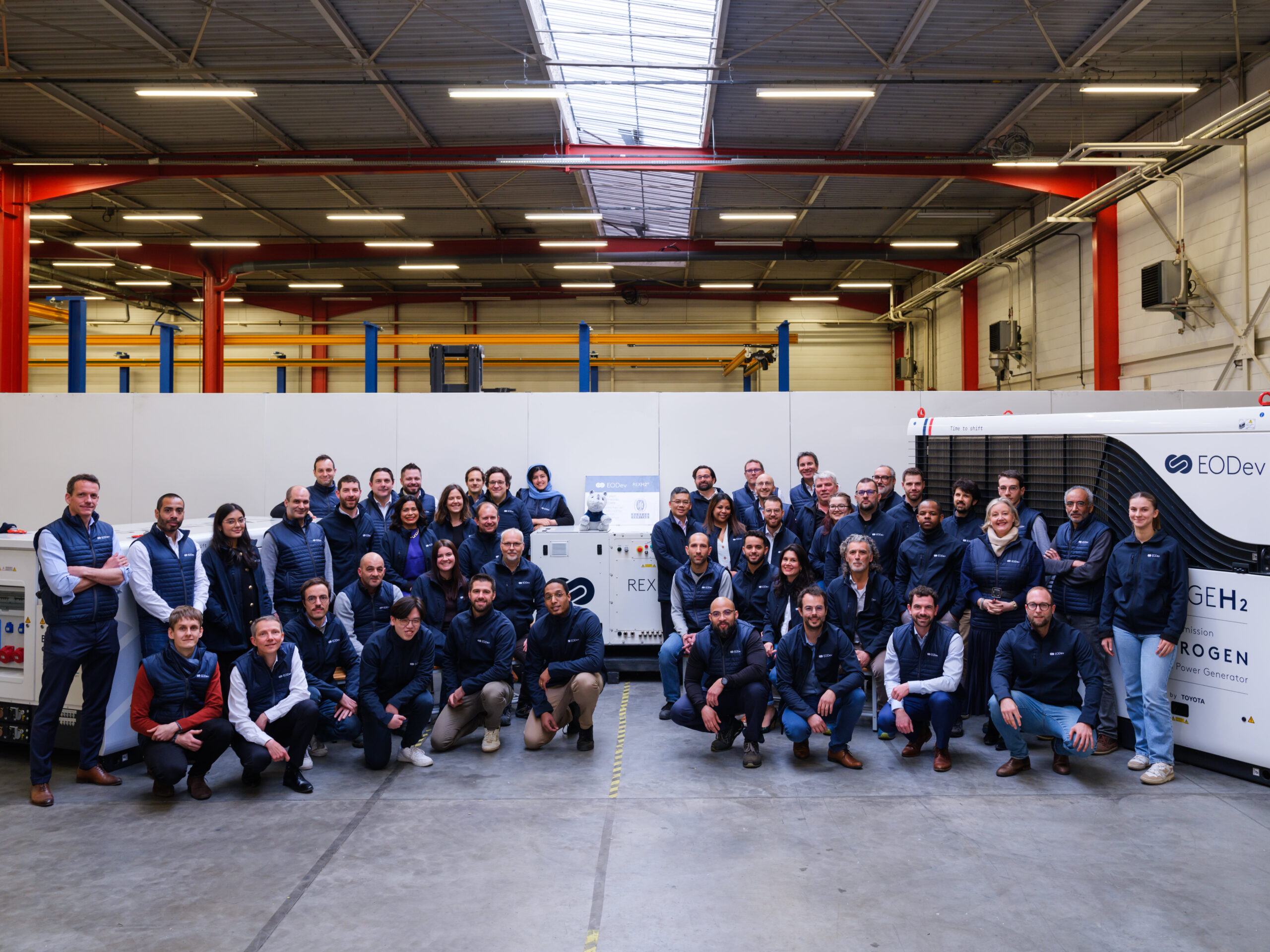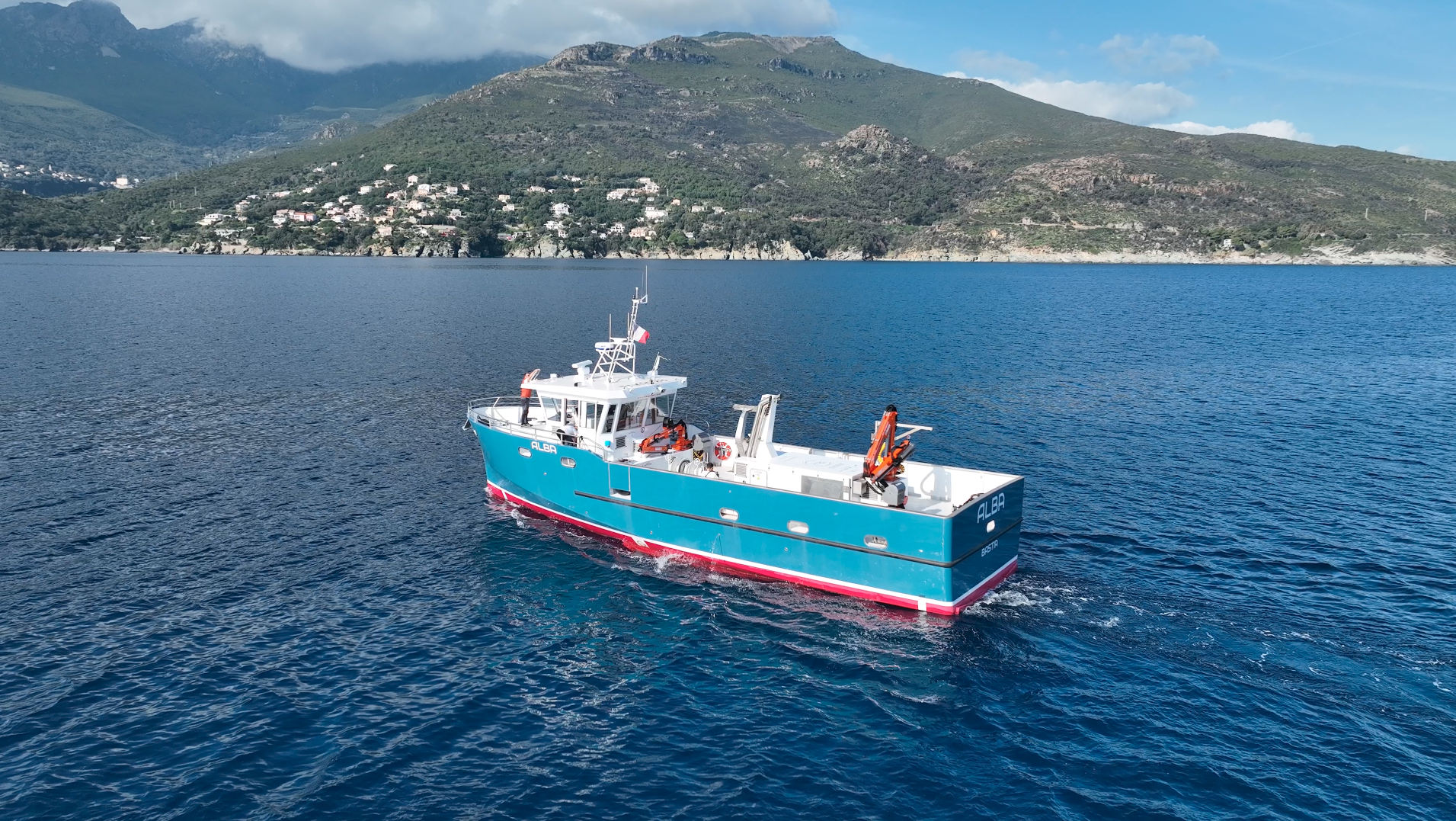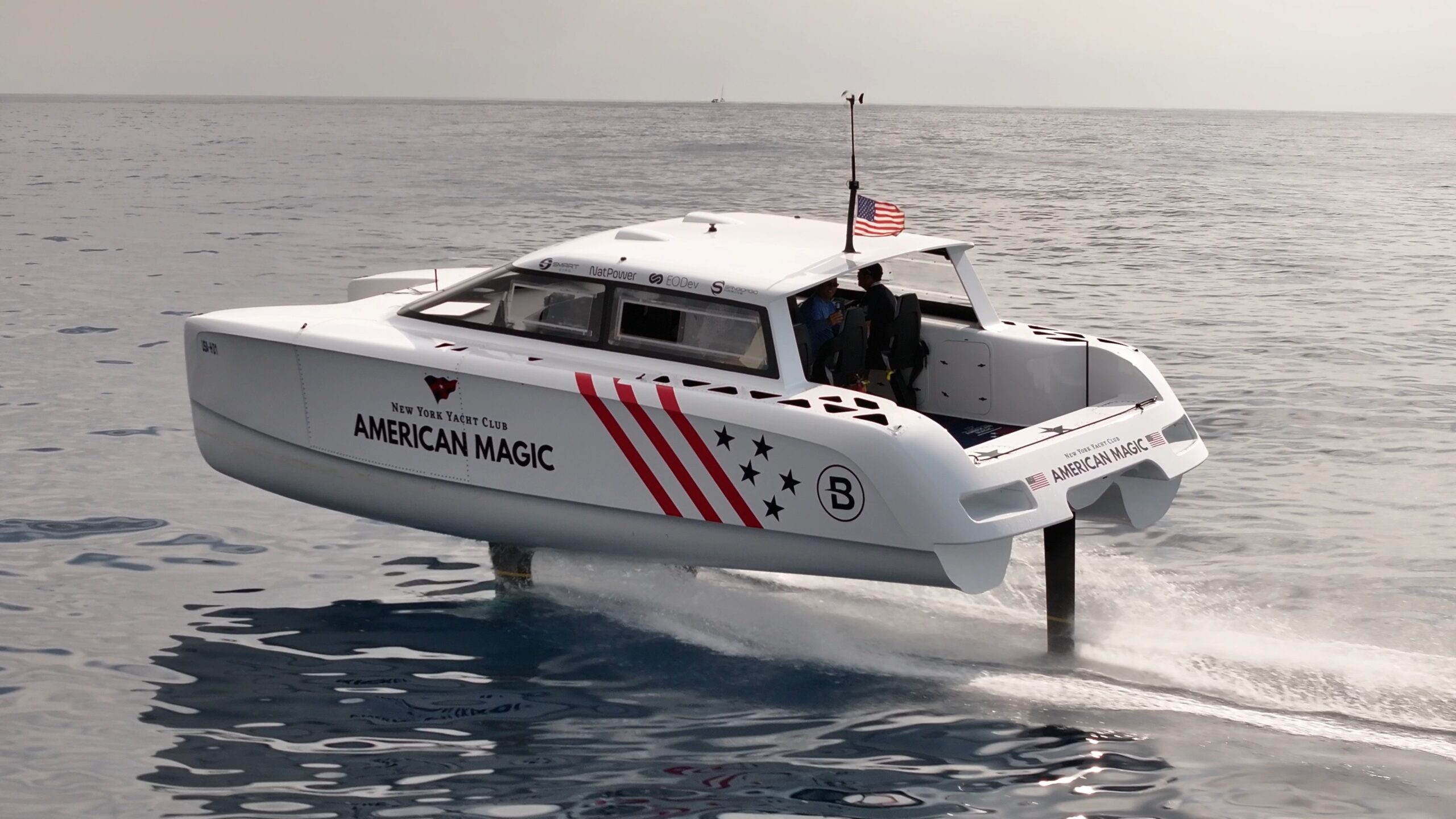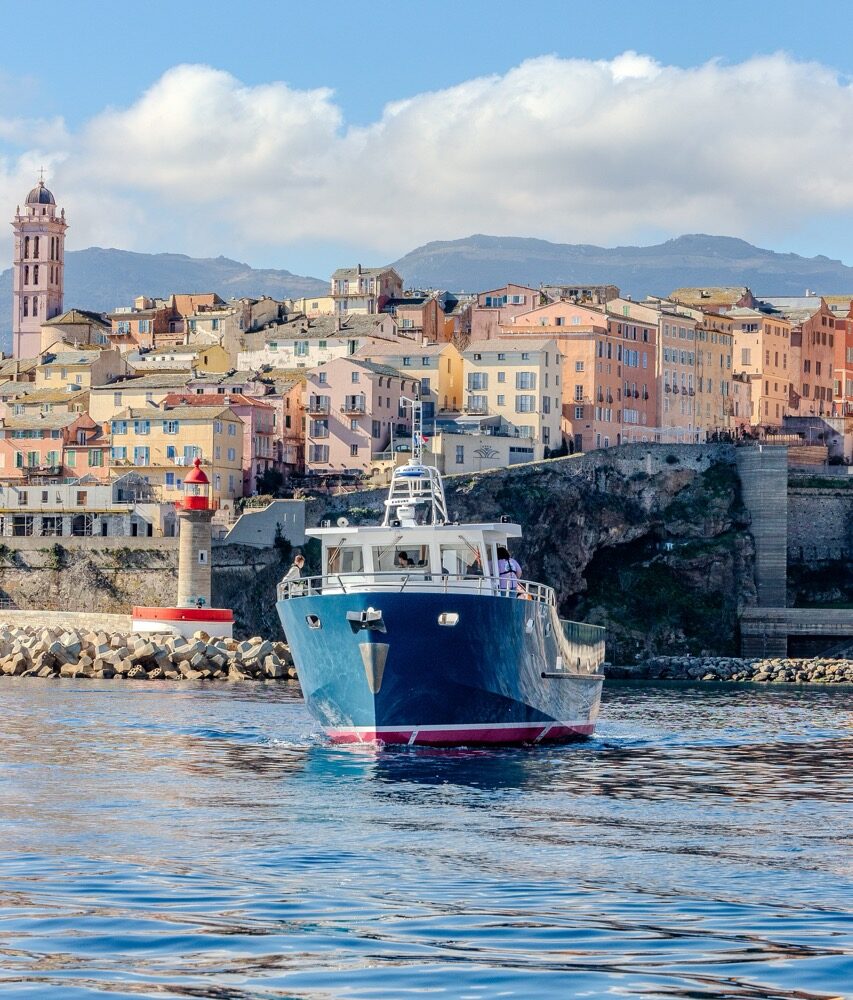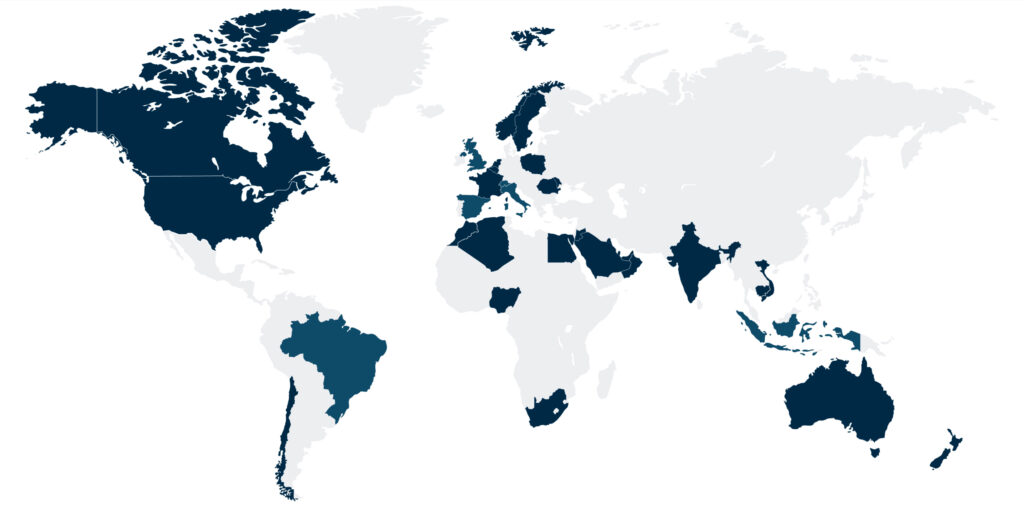The REXH₂ is a modular ”Plug & Play” system for marine and river navigation that uses a Toyota fuel cell to help propel and/or power on-board systems without emissions or noise. Hybrid, it adapts to all types of system, whether electric or diesel, if necessary.
A sustainable & mobile energy source

Quiet
A solution that preserves underwater plant life
Our guaranteed emission-free, noise-free and particulate-free solution preserves marine ecosystems and underwater flora for sustainable navigation.
Adaptable and high-performance
A modular system that adapts
The REXH₂ is a 70kW “Plug & Play” solution with a footprint of less than 2m3, making it the most compact and adaptable Range Extender on the market.
Certified and reliable
A reliable and certified system
Rigorously tested, REXH₂ features advanced functions that guarantee safe, reliable operation. It’s also the only fuel cell system with Bureau Veritas TAC certification.
Concentrated power
& performance
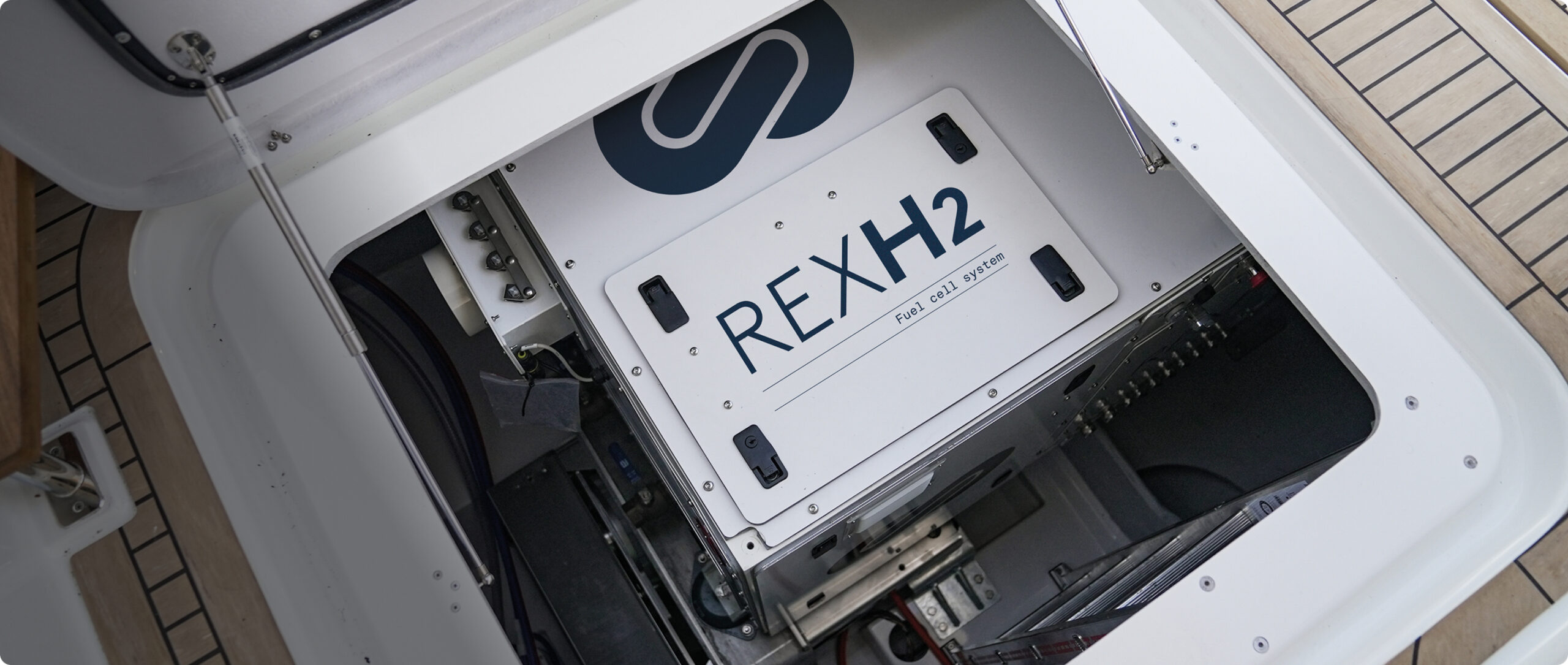
Reliable
High-performance and reliable
The REXH₂ is a modular solution that integrates Toyota’s latest generation 70kW fuel cell, which can be parallelized up to 8 units offering 560 kW of power on its own.
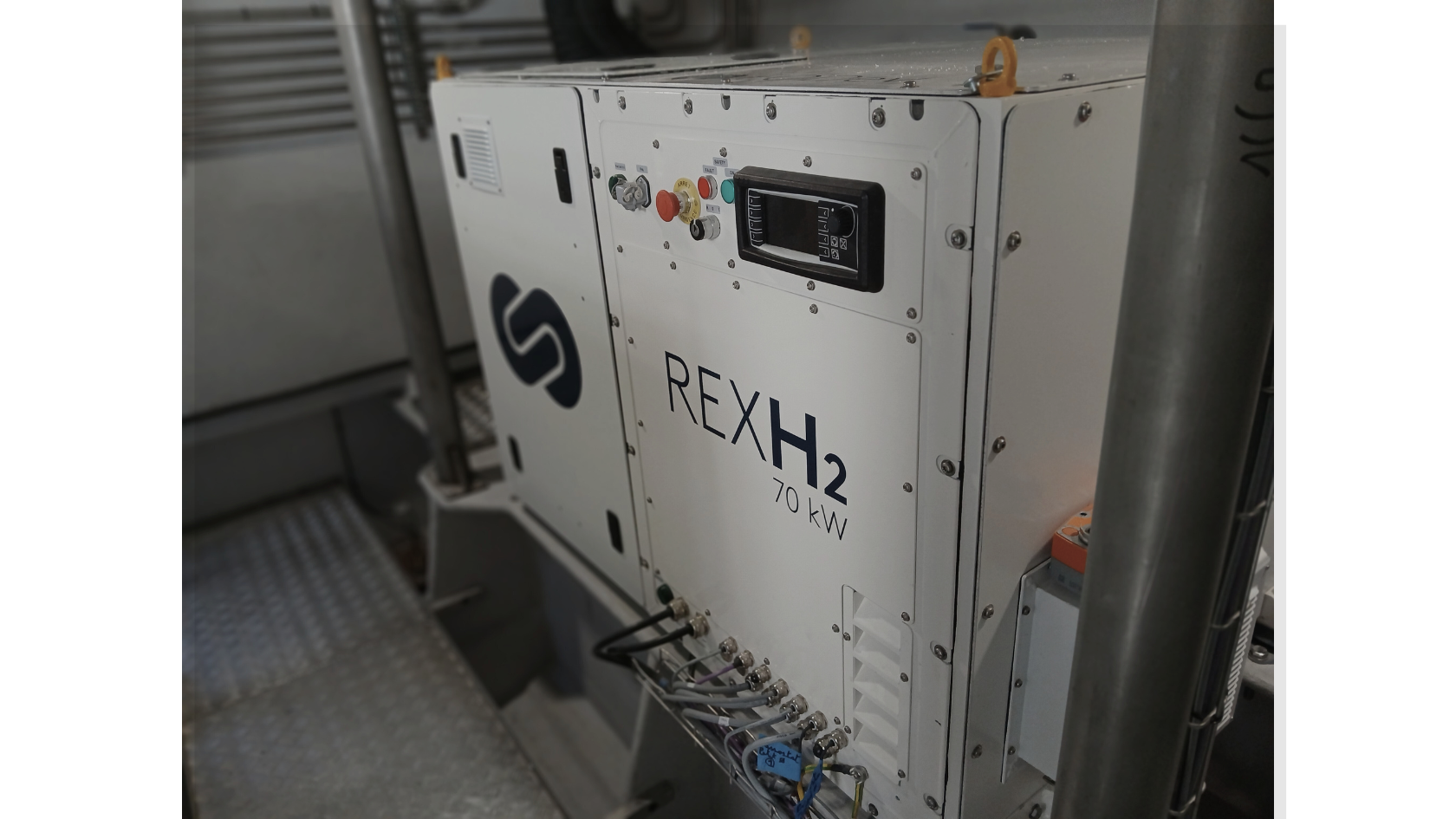
Certified
TAC certified
The REXH₂ has received Type Approval Certification from Bureau Veritas, guaranteeing the reliability and safety of our generator, which can thus be integrated into passenger ships of less than 500 UMS, and facilitating the obtaining of other certifications for ships of more than 500 UMS.
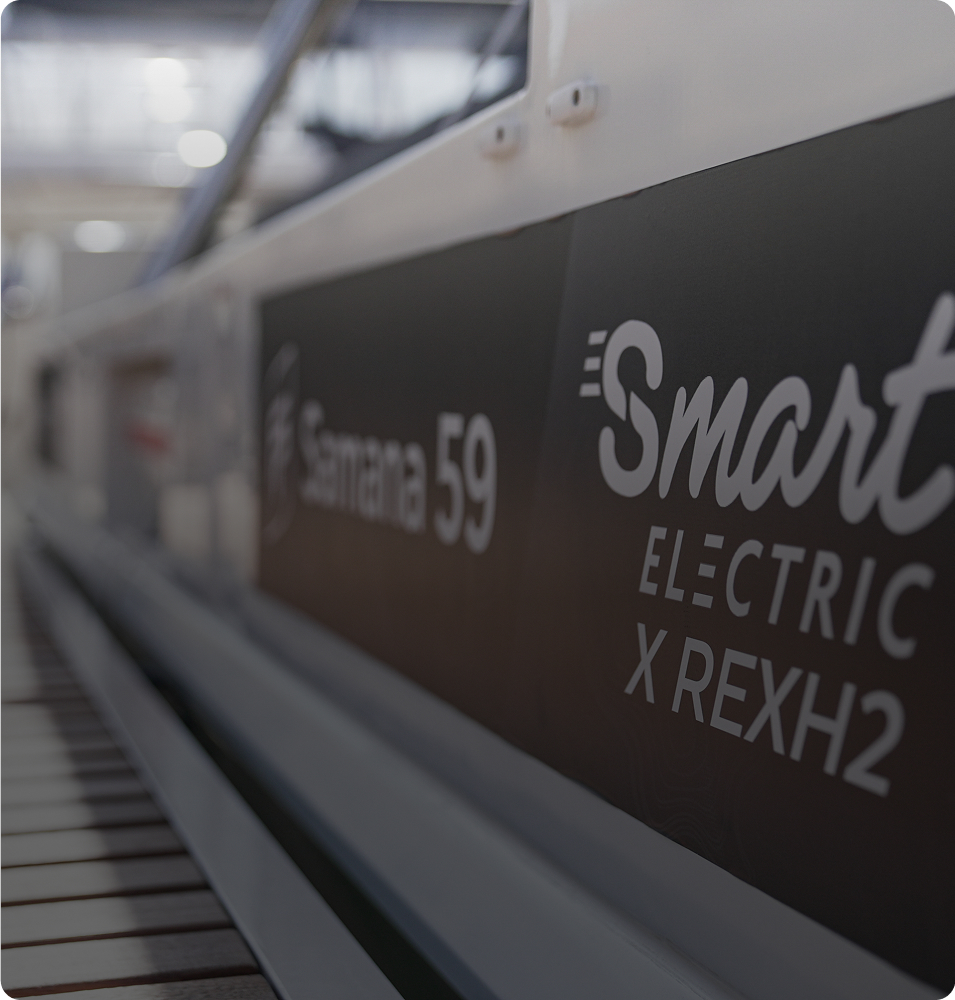
Modular
A turnkey solution
The REXH₂ has the advantage of being a modular “Plug & Play” solution that adapts to all types of configuration and vessels. It can be used for propulsion, life on board and navigation systems on both pleasure and professional vessels alike.
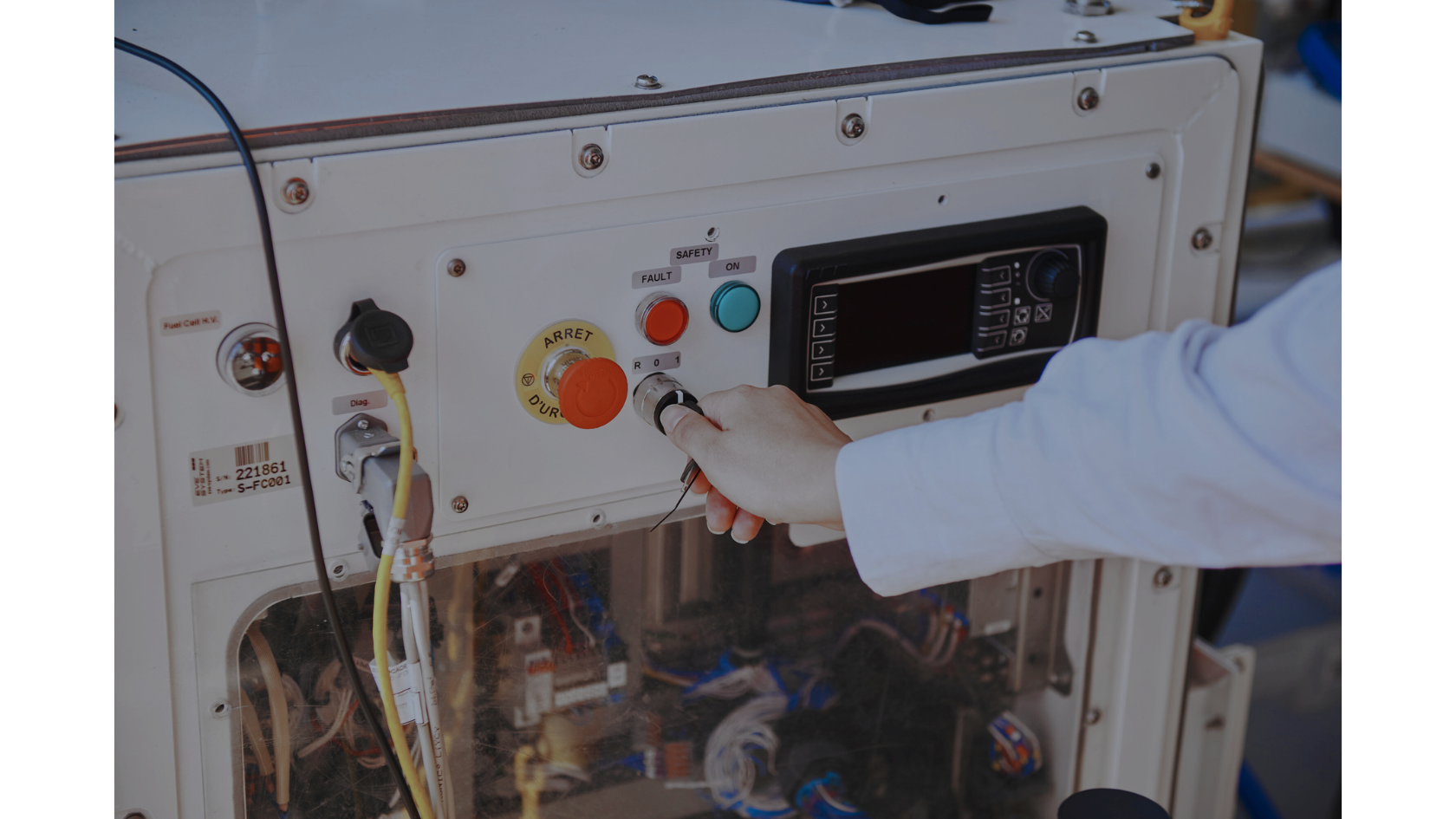
intelligent
Intelligent and connected
Its system integrates continuous, real-time monitoring of generator performance and hydrogen levels, and anticipation of maintenance operations thanks to EODev Connect.
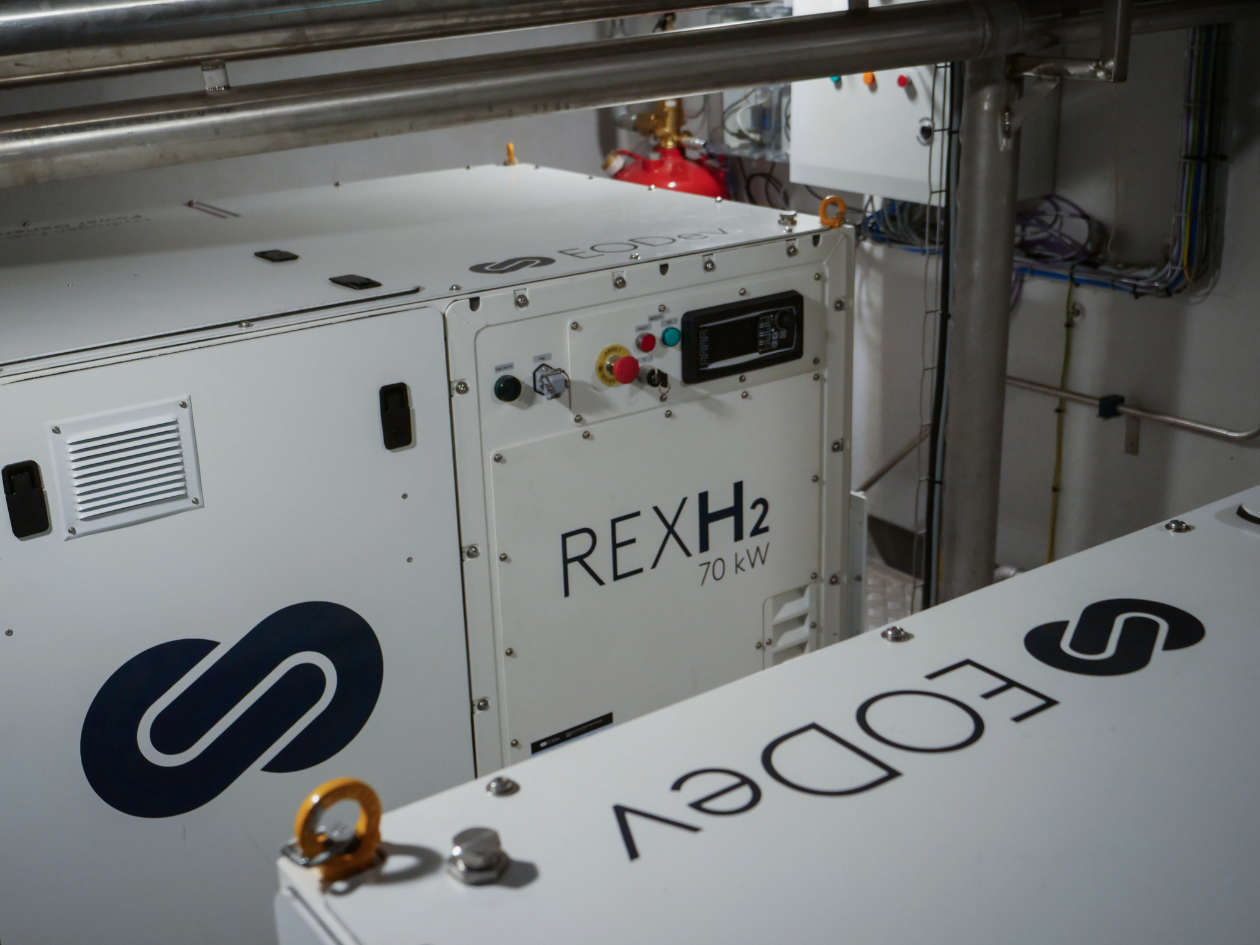
Hybrid
A hybrid solution
The REXH₂ combines with any electrical system to provide continuous power that combines perfectly with the use of batteries. If necessary, and when diesel power is indispensable, particularly over long distances, its hydrogen system can be coupled with a diesel-electric unit, enabling noise-free, emission-free sailing in protected areas, near the coast or in ports.
A certified, compact & efficient solution
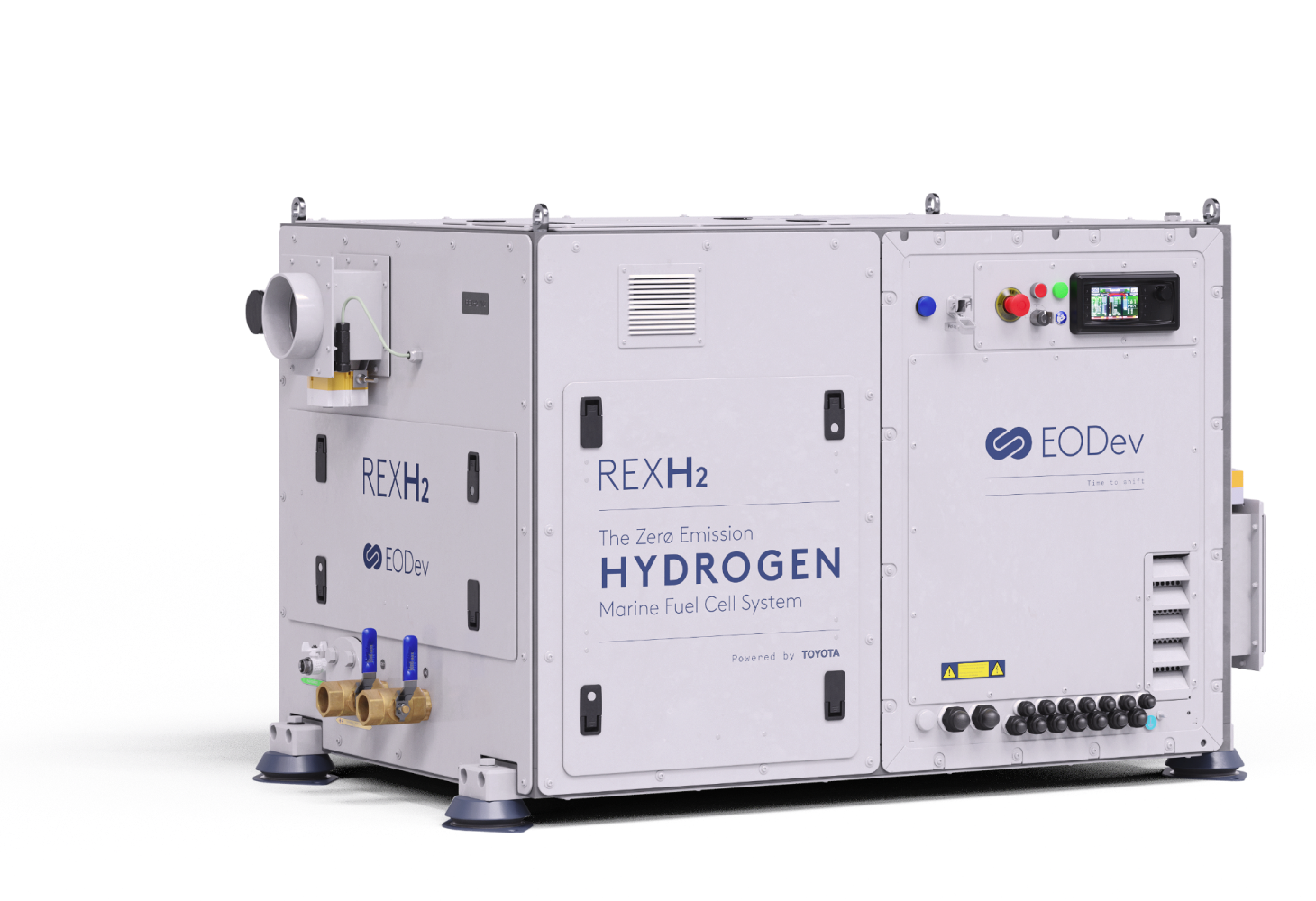
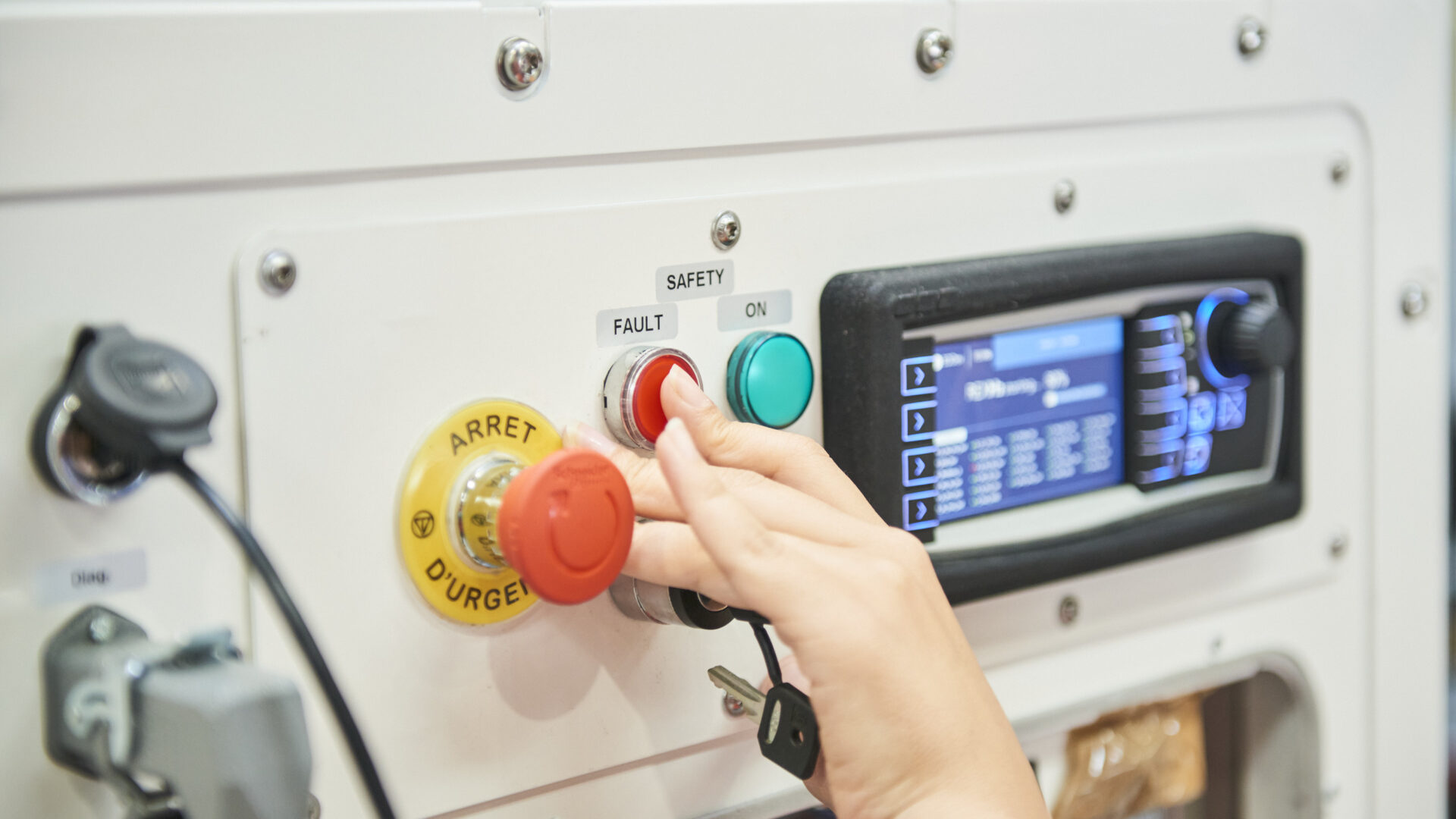
The REXH2® control system makes it easy to manage and monitor performance.
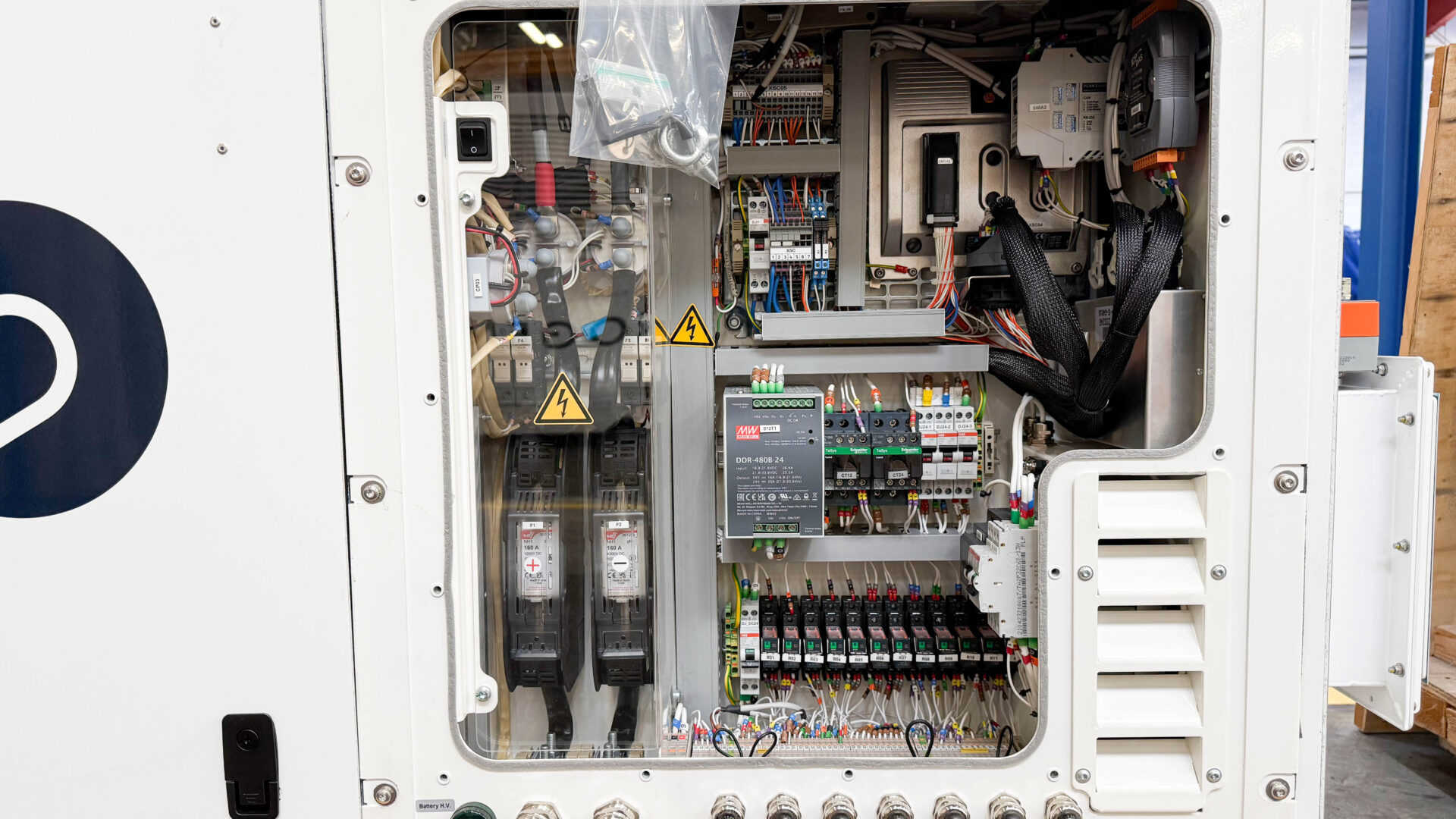
Electrical cabinet containing our control system and our safety card for communication with the ship’s various electrical interfaces.
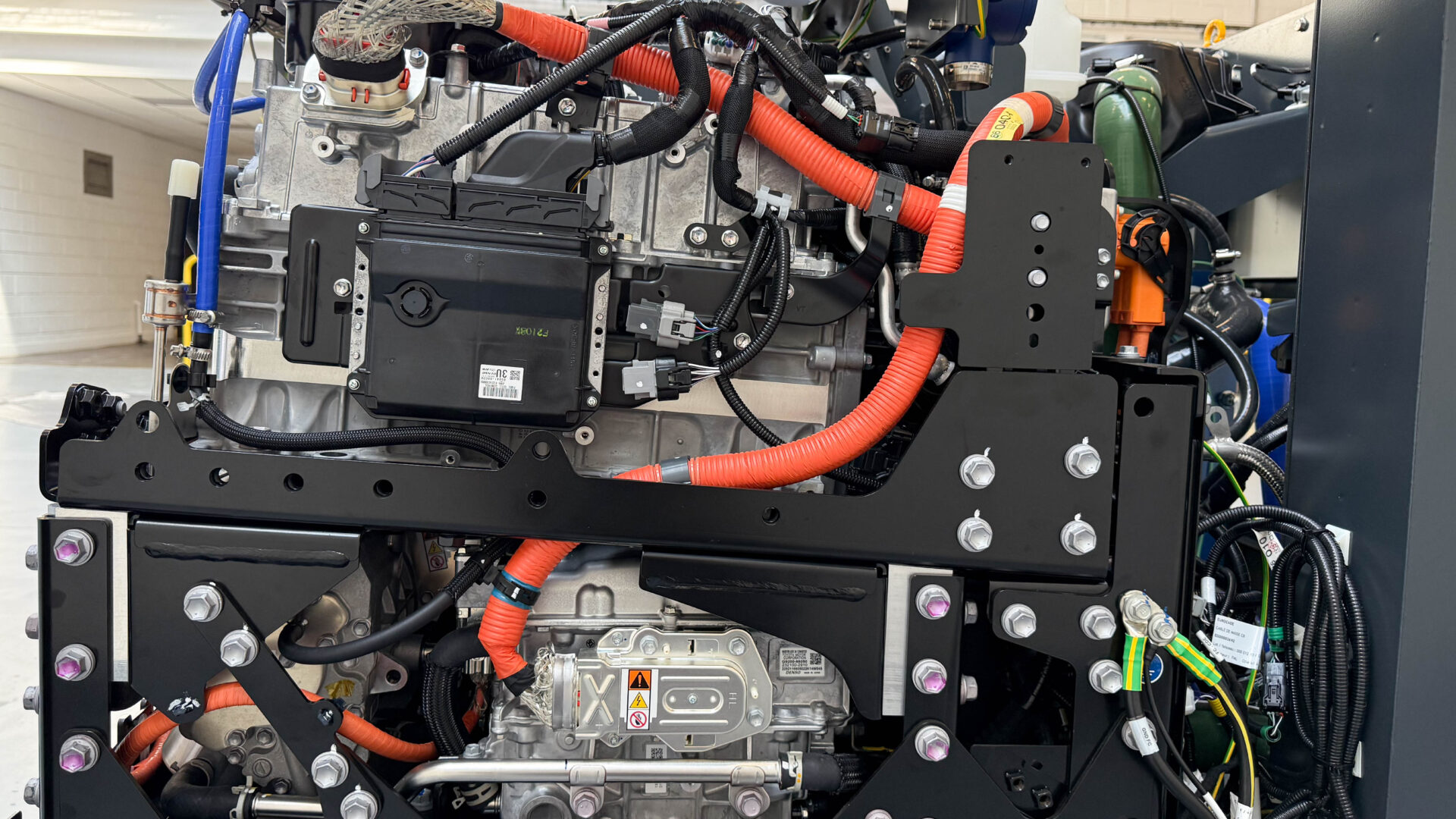
The group is equipped with Toyota’s latest-generation fuel cell, the same one used in Mirai hydrogen-powered cars.
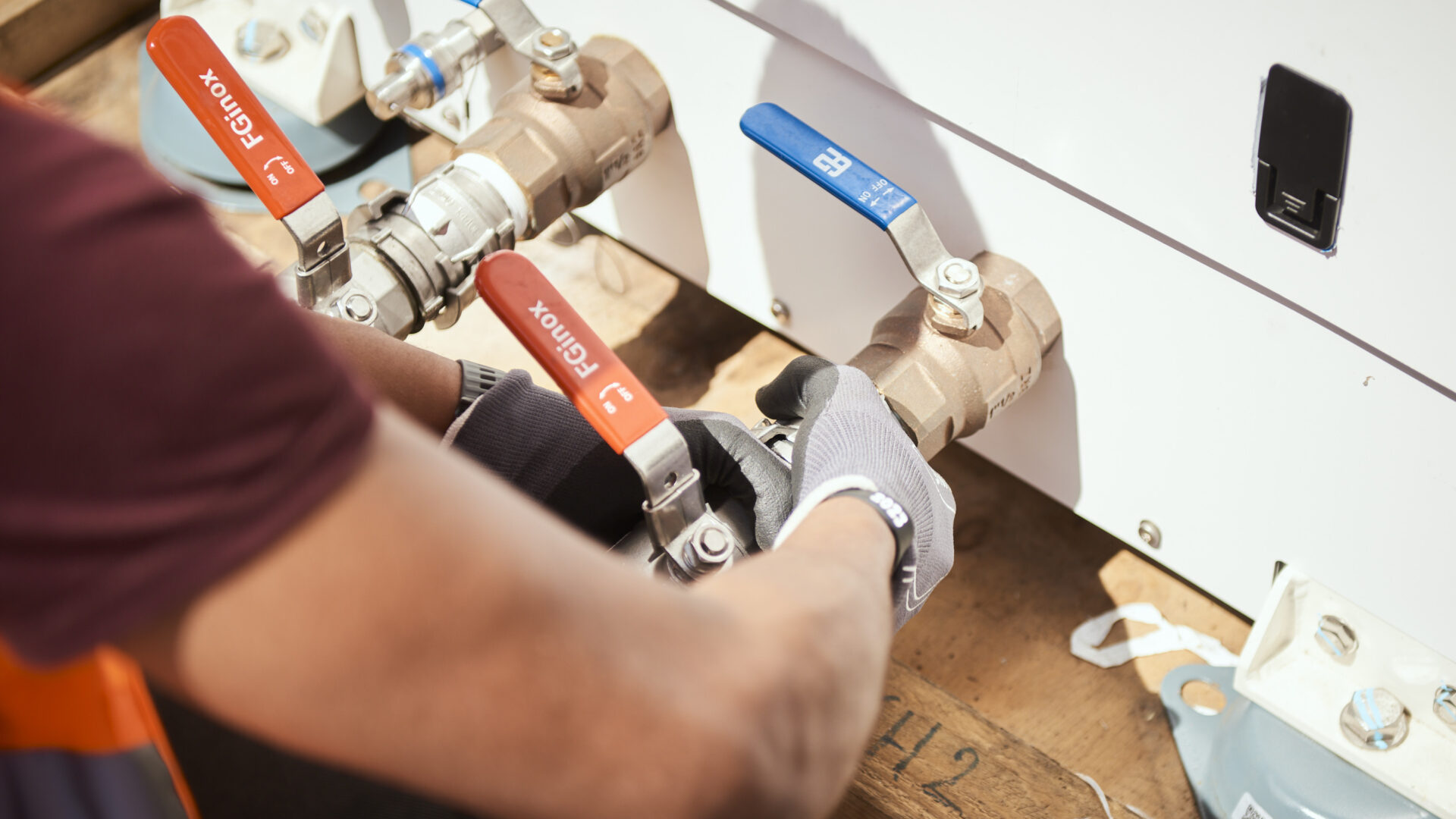
For efficient cooling, REXH2® can use seawater or interface with the ship’s closed cooling circuit (glycol). This system has no environmental impact.
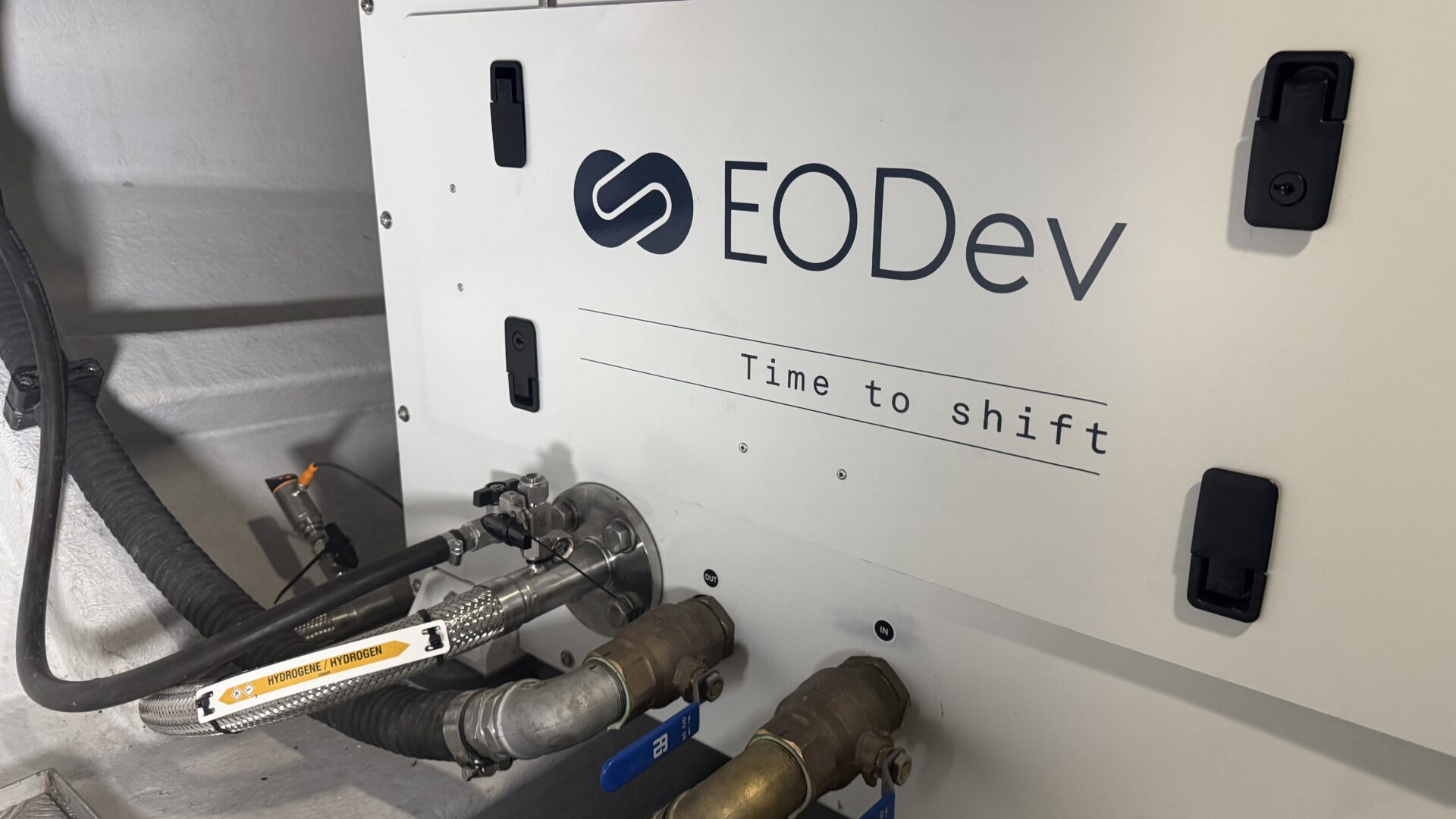
Hydrogen connection nozzle for fuel cell.
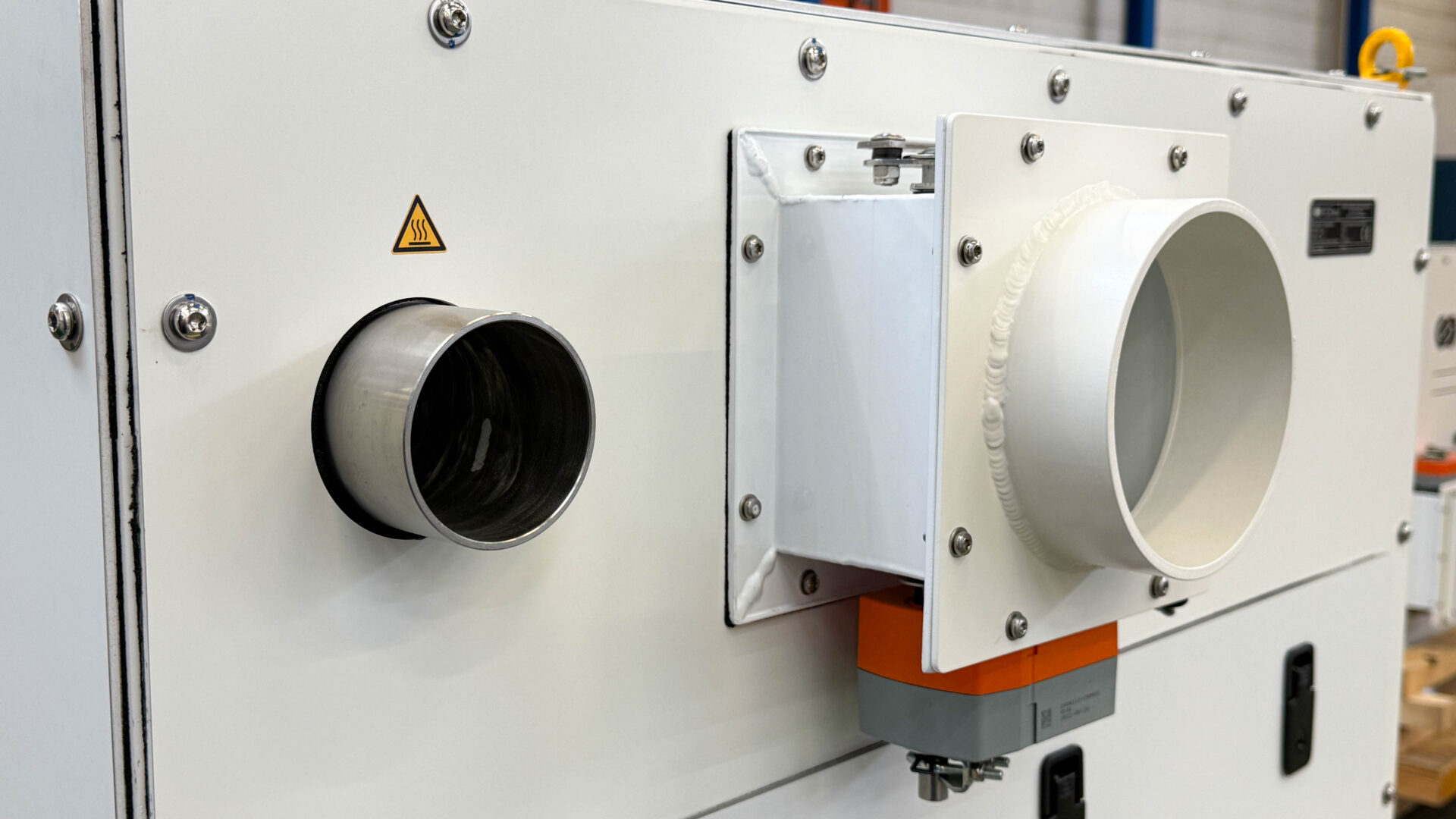
Ventilation outlet and fuel cell exhaust.
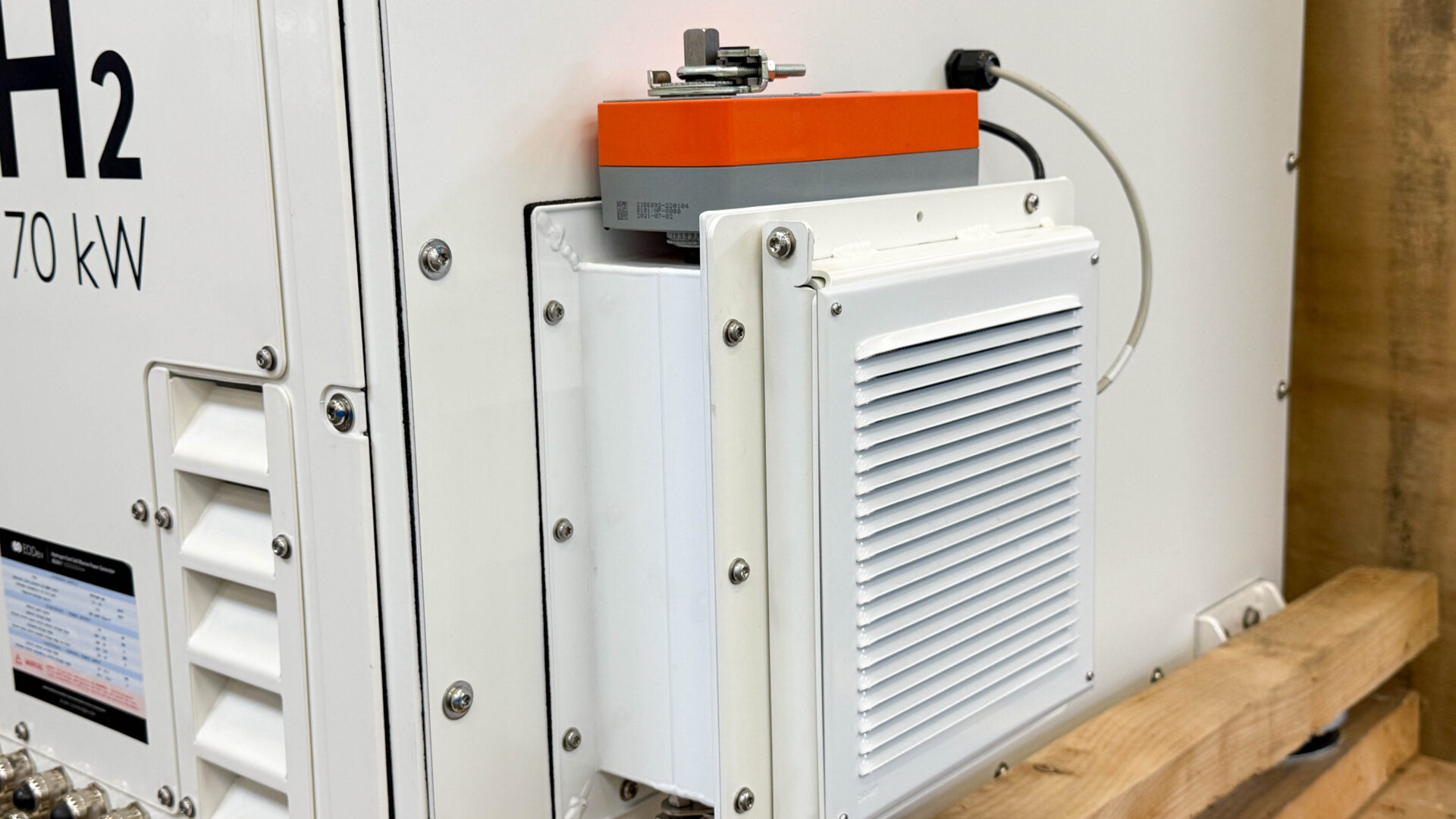
For reasons of operational safety, this ventilation system ensures that the REXH2® is underpressurized.
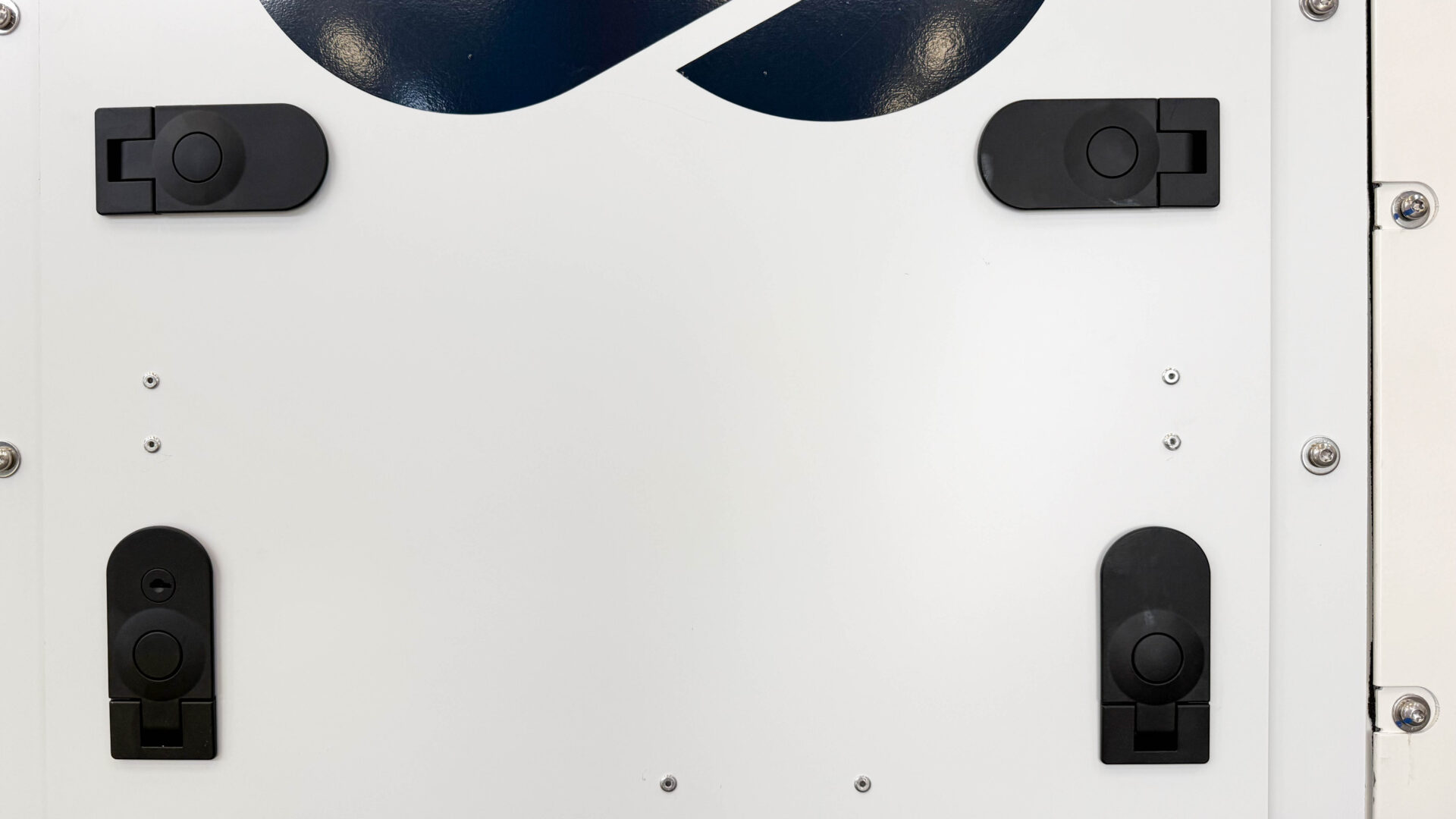
Three hatches provide easy access to the REXH2® for maintenance.
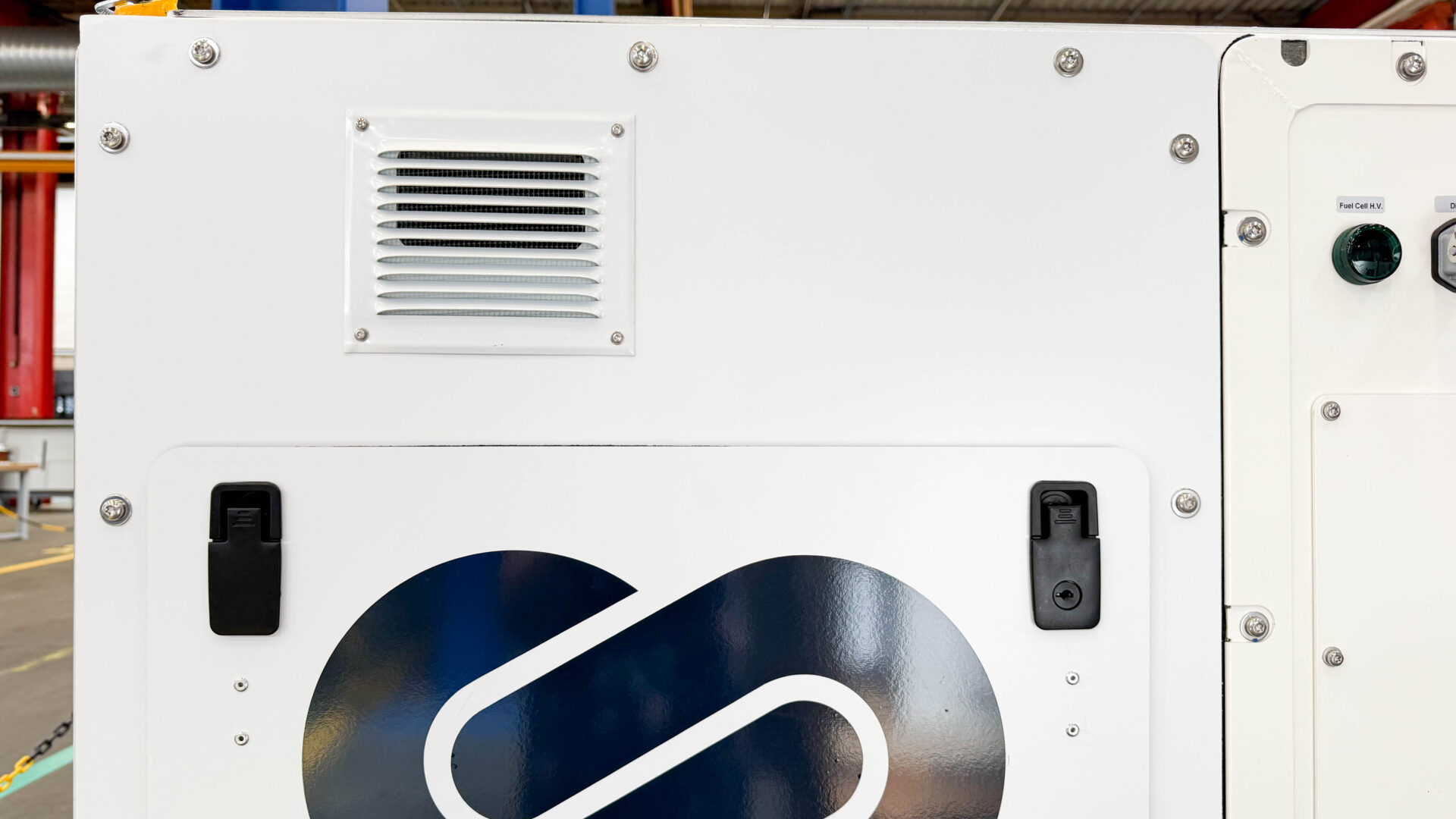
Air intake to supply the fuel cell with oxygen.
Nominal Power Rating
70 kW
Output voltage
650/724 VDC
Dimensions
1060 x1710 x1020 mm
Hydrogen inlet pressure
11-15 bars
Weight
620kg
Download the on-line brochure
Respectful & Made in France
REXH₂ is a certified zero-emission solution that has been designed, developed and produced in France, using components that keep its environmental impact to a minimum and make it easy to repair.
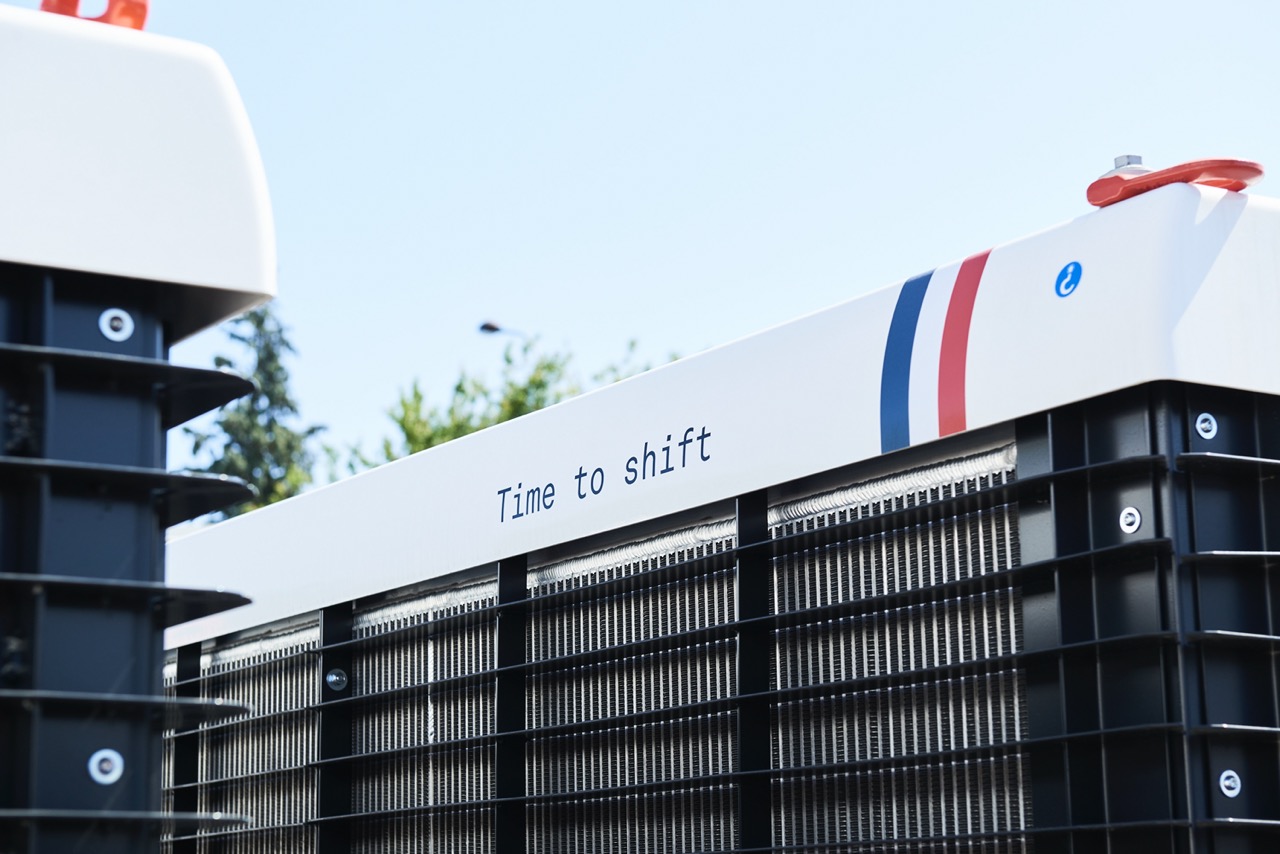
A solution for every vessel
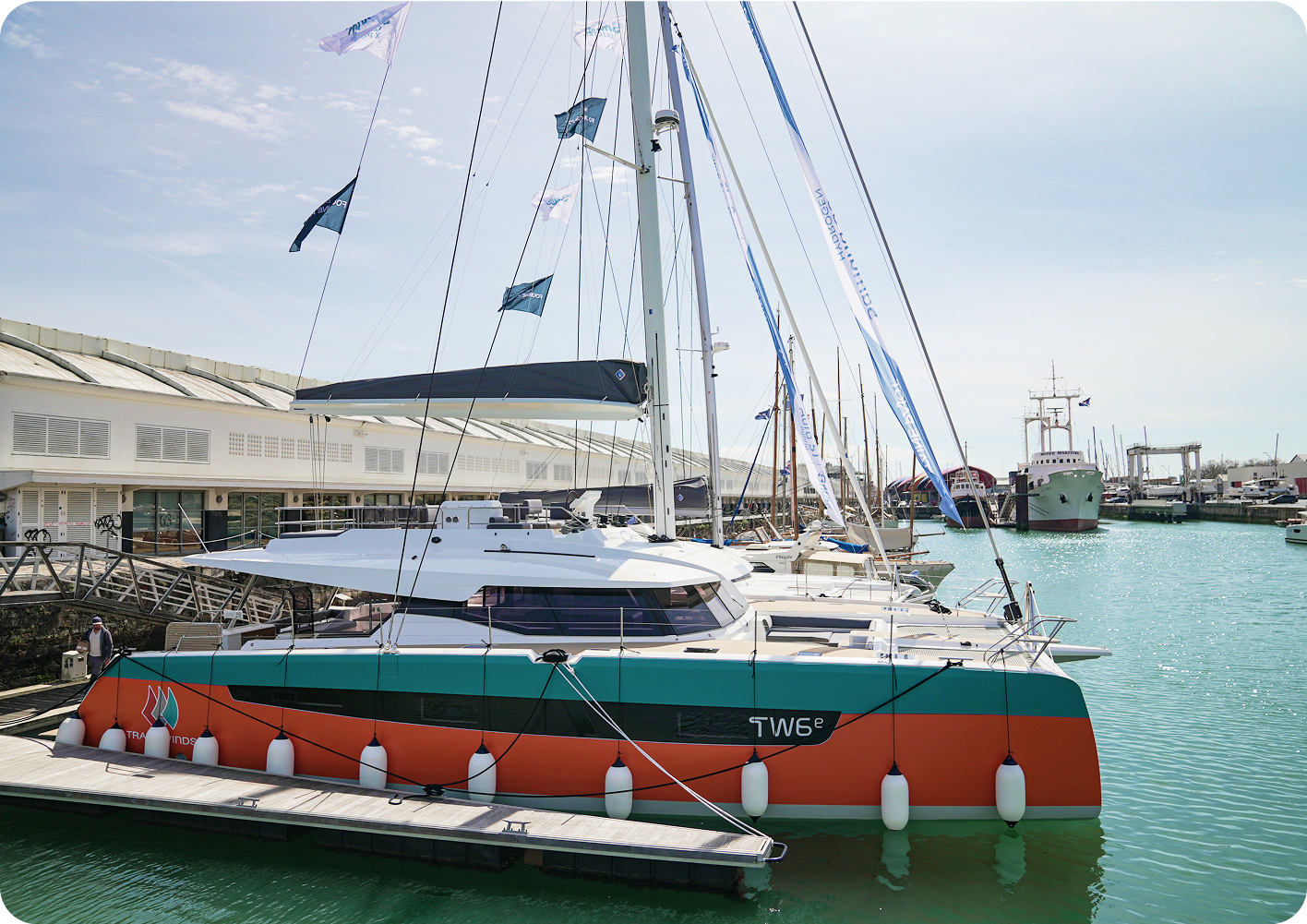
Pleasure craft
The REXH₂ can be integrated into any type of pleasure craft. Whether it’s a catamaran or a smaller vessel, it will adapt to all types of configuration and motorization to offer an optimal experience.
Fishing vessels
Professionals in the maritime and fishing industries will particularly appreciate the silence of the REXH₂ system, enabling them to navigate without noise or emissions along the coast, at the entrance and exit of ports, and in fishing zones to preserve underwater flora.

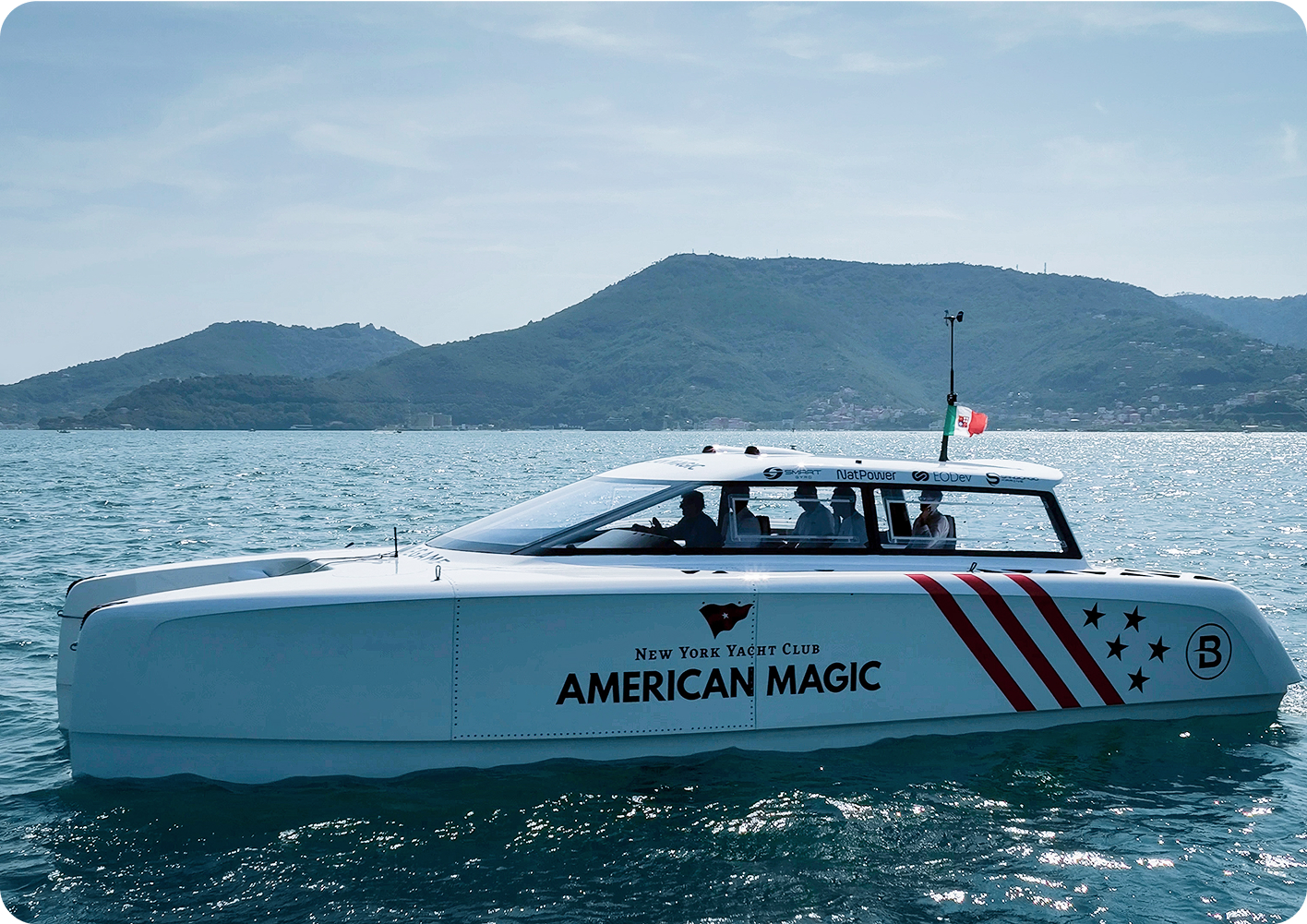
Passenger transport
Thanks to its TAC certification, our Range Extender is able to carry a wider range of passengers safely, and to adapt to a wide variety of vessel sizes.
Aftersales & Support
Reliability, quality, and durability are the core values driving the experts of the Blue Tech Energy Crew: our technical support team. They support you at every stage with streamlined management and a turnkey offer that includes administrative assistance, training, and on-site maintenance.
